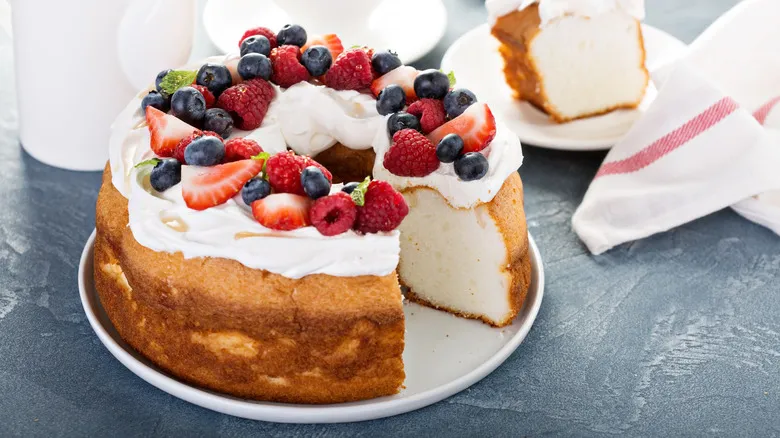Add cream of tartar when whipping egg whites
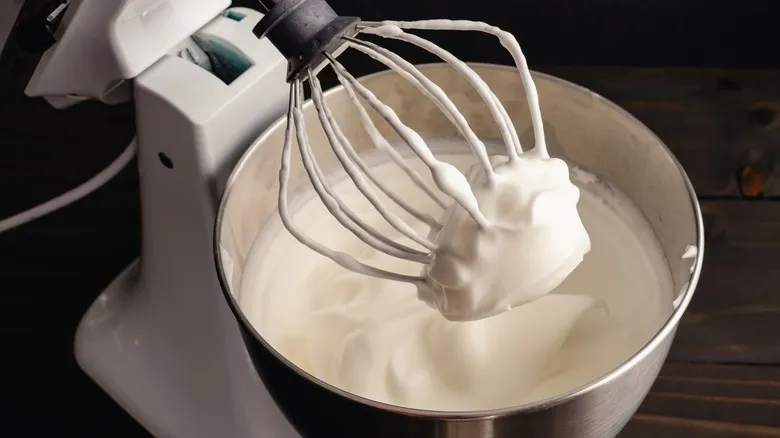
Cream of tartar, despite its name, is neither creamy nor a component of tartar sauce. Instead, it is a powdery byproduct of the fermentation process that transforms grapes into wine, making it particularly valuable in baking. The term "cream of tartar" is derived from tartaric acid, which is also the reason grapes pose a risk to dogs. Therefore, it’s advisable to keep cream of tartar stored high up, out of reach of any curious pets. When incorporated into human food, it can contribute to chewy cookies and give sponge cake a light, airy texture.
Typically used alongside baking soda, cream of tartar does not possess any leavening properties on its own. Rather, this acidic powder significantly enhances the leavening process by activating baking soda to produce carbon dioxide or by stabilizing air bubbles formed through mechanical leavening. In the case of angel food cake, which relies on air for its rise, cream of tartar can prevent even seasoned bakers from experiencing a deflated outcome.
Anyone who has whipped egg whites knows how easily stiff peaks can collapse, especially when additional ingredients need to be folded in afterward. Fortunately, cream of tartar accelerates the stiffening of egg whites and stabilizes the air pockets in meringue by preventing the proteins from clumping together. A small amount—about ? teaspoon per egg white—is sufficient; using too much can impart a metallic taste to your angel food cake instead of the desired sweetness.
Other whipping tips for the fluffiest angel food cake
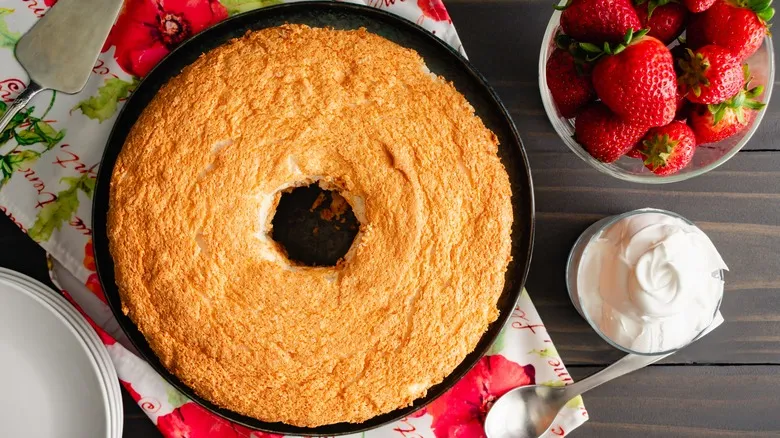
The key to achieving a light and airy angel food cake lies in properly whipped egg whites, so it's important to consider the temperature of your eggs and the necessary baking tools. Cold eggs have proteins that are more resistant to breaking, while warmer eggs are easier to whip. To separate the yolks from the whites, it's best to do so right after taking the eggs out of the fridge, as cold yolks are less likely to break. However, for optimal results when whipping egg whites, let them sit at room temperature (between 68 and 72 degrees Fahrenheit) for about 30 minutes. Warmer egg whites, along with cream of tartar, will allow the proteins to bond more effectively with air bubbles, resulting in a firmer and more stable meringue.
Before you begin whipping, ensure that the whisk attachment of your mixer is also at room temperature. While some recipes may suggest using a cold whisk, this can hinder your progress when making an angel food cake. Conversely, if you intend to serve your cake with freshly whipped cream, chilling the whisk and mixing bowl in the fridge beforehand will expedite the preparation of your topping. With a final garnish of fresh berries, your ethereal angel food cake—made even fluffier with cream of tartar—will become an even more delightful dessert.
Recommended
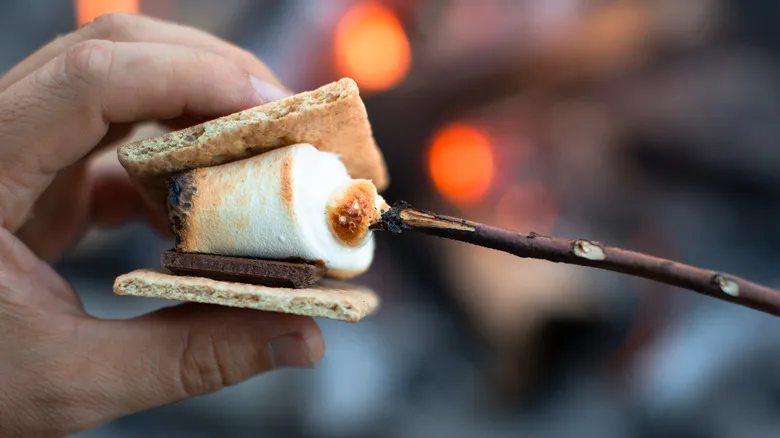
Make Your S'mores A Little More Interesting With One Simple Swap
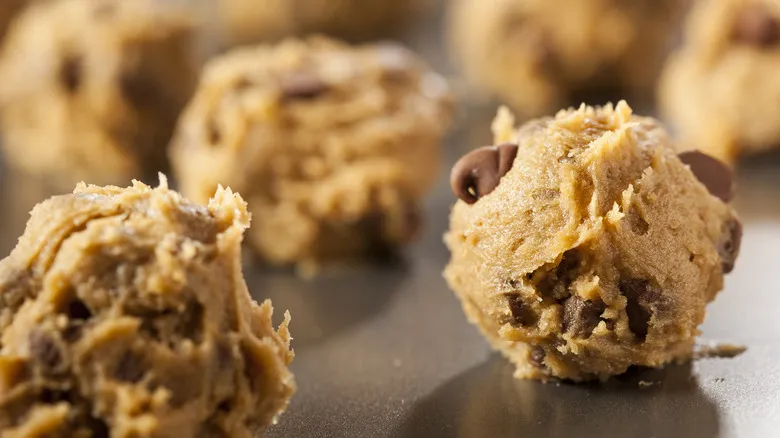
You Think You Don't Need To Chill Cookie Dough, But Here's Why You Do

Make Your Apple Pie Filling Superior With One Extra Ingredient
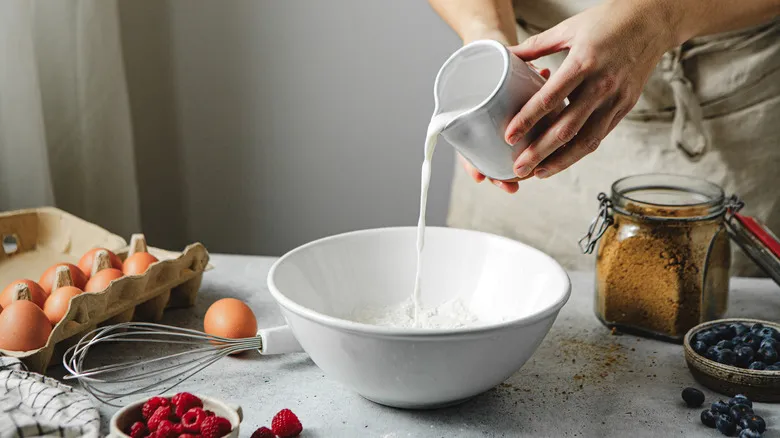
Don't Throw Out Sour Milk. Bake Bread With It Instead
Next up

